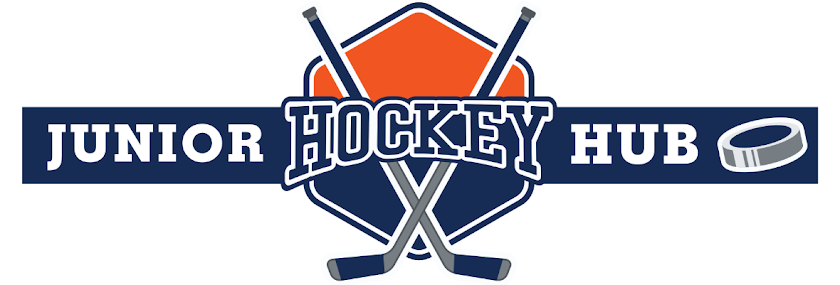With the hockey world seemingly committed to a close-to-normal season in 2021-22, it will be interesting for data geeks and scouts alike to see how different teams and different levels handle the glut of talent produced by a year off.
Where to start ... at the top. The NCAA granted an extra year of eligibility across the board -- all sports, all levels. At the Division I level this means a number of players will be playing a fifth season in 2021-22, which in turn means there will be fewer-than-normal roster spots for incoming freshmen. For the sake of this discussion, let's assume that incoming freshmen have exhausted their Junior (20U) eligibility and HAVE to matriculate to college.
This past April the NCAA also voted to approve a plan that allows players at all levels/all sports to transfer without losing a year of eligibility. This lead to the NCAA transfer portal becoming the administrative equivalent of yard sale on a windy day.
What has not taken the year off is the NHL-drafted and soon-to-be drafted players matriculating to college before they turn 20 years old. No college coach will let one of these blue chippers go somewhere else by trying to convince them to play another year of Juniors. These are the players who play one or two years and sign NHL contracts.
Lots of players ... not that many roster spots. Division I coaches have had to tell players they should move along if they want to play that fifth year. They have also taken some transfers and likely convinced players to go back to Juniors this year.
All in all it leads to a higher level of talent, or at least a deeper talent pool at this level.
The trickle-down effect to NCAA Division II and III is even bigger, given this level has its own talent glut provided by the fifth-year of eligibility. Many Division I players in transfer protocol are moving to Division III. This increased the talent level and depth of this level, but same as Division I, it provides fewer roster spots for incoming freshmen. Anecdotally there are fewer Division II/III players taking a fifth year compared to Division I players, but it's still statistically significant. NCAA coaches at this level have an even bigger juggling act as they have to be careful not to take so many transfers and fifth-years that they kill of an entire freshman class. In a couple years the talent glut will be through the pipeline and a program can't afford to almost literally skip an incoming group of freshmen.
Speaking to one Division III athletic director, I was told his team accepted five Division I transfers and dissuaded two fifth-year senior players who wanted to continue playing. On the other hand, two fifth-year players turned down the option to play another year to take jobs and get on with life. Division III coaches have to manage incoming and outgoing players much tighter than Division I coaches because of the "Time to get a job" option.
Finally, moving on to Juniors, all this means more players will have to be playing until their Junior eligibility is exhausted. This has increasingly become the norm over the past few years. Last I tallied data more than 88 percent of freshmen were 20 years old when matriculating to college hockey.
Sounding like a broken record, this will lead to another year of a glut of talent in Juniors, especially if the United States-Canada border is not opened for hockey players to move about freely.
The North American Hockey League, the only Tier II Junior league in the United States (as defined by USA Hockey), and the USPHL's tuition-free National Collegiate Development Conference (NCDC players have a compulsory league registration fee of $400+), made hay while the sun shone last year. Each league had by far its best level of talent and depth in 2020-21 and may eclipse their talent levels again in 2021-22.
In addition, the USHL limits the number of 20U players it can roster, and the closing of the Canada border meant 500+ American players stayed here to compete. For many players that meant NAHL or NCDC, which in turn pushed the commitment and advancement numbers up for those leagues. The NAHL had more commitments last year than the USHL. While the NCDC still lags far behind in Division I commitments and advancements, another kick at the can to gain ground this year is an opportunity worth its weight in gold.
The Tier III level of Juniors gets the same deal -- with fewer college roster spots available and certainly fewer opportunities to move up to a Tier II league. Tier III Junior hockey will be deep once again in 2021-22 with many players crossing their fingers that college roster spots loosen up by 2022-23.
The last trickle down is for the 17- and 18-year-olds who populate the AAA youth programs given the lack of Tier I and Tier II Junior opportunity compared to most years.
Coaches who manage their rosters appropriately -- meaning not getting too greedy on stocking talent in the short-term -- can get a great boost to their program. The rich are getting richer as one would expect. Players naturally want to transfer and attend, or in Minnesota-Duluth's case stick around for a fifth year for another shot at a national championship, the best teams. The best teams this year have more building blocks to work with, but looking two or three years down the road is critical for any level.
Should be a great year with unintended consequences of the NCAA rules and players scrambling for roster spots.

